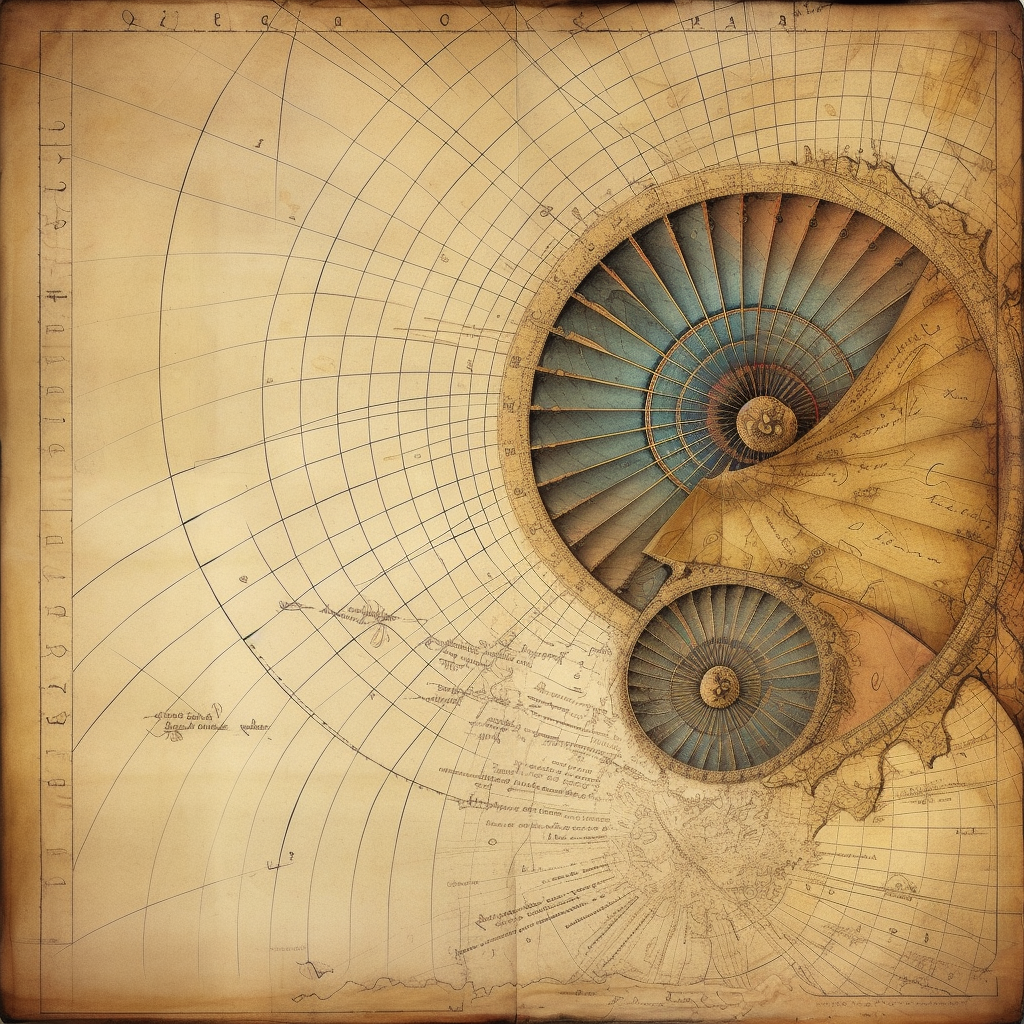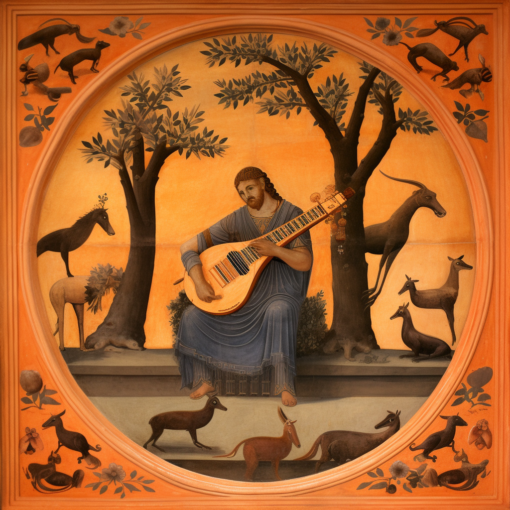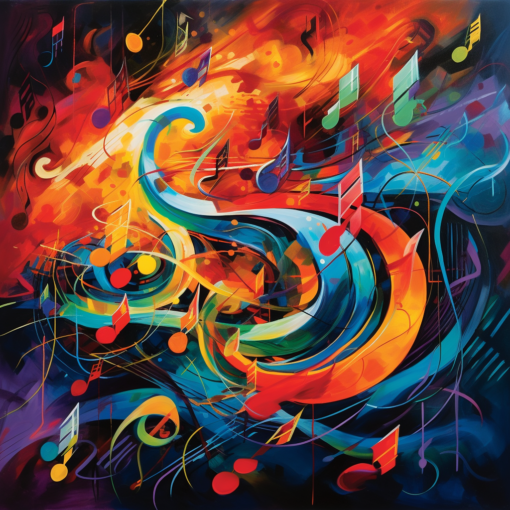Greetings, dear readers! Today, we embark upon a delightful exploration of the intersection between the realm of music and the world of mathematics. Our esteemed guide for this expedition is none other than the baroque master Johann Sebastian Bach, whose ingenious compositions continue to captivate audiences centuries after his time.
The beauty of Bach’s music lies not only in its harmonious melodies and intricate counterpoint, but also in its underlying mathematical structure. It is well known that Bach was fascinated by numbers and their relationships, and he often employed mathematical principles in his compositions. One particularly fascinating example of this is his use of the “golden ratio” in his music.
The golden ratio, represented by the Greek letter phi (φ), is an irrational number that is approximately equal to 1.6180339887… It has long been associated with beauty and harmony in art, architecture, and nature due to its unique mathematical properties. This mysterious number can be found in various elements of Bach’s compositions, such as the proportions of sections within a piece or the intricate patterns of his fugues.
Take, for instance, his celebrated Goldberg Variations. The entire work consists of an aria, followed by 30 variations, and then a reprise of the aria. The golden ratio appears in the structure of the piece, with the most striking example being the 16th variation, which serves as the midpoint of the work. This variation, known as the “Ouverture,” is unique in its style and structure, showcasing Bach’s brilliant use of the golden ratio as a guiding principle in his composition.
Bach’s clever use of mathematics extends beyond the golden ratio. In his iconic Art of Fugue, Bach employs complex numerical patterns and symmetries in the construction of his fugues. For example, the fugue subject in Contrapunctus I consists of eight notes, and the entire fugue is built upon a series of mathematical permutations of these eight notes. Each subsequent fugue in the collection expands upon these mathematical ideas, culminating in a dazzling display of musical and numerical ingenuity.
The marriage of mathematics and music in Bach’s compositions reveals a deeper understanding of the interconnectedness of the world around us. It is a testament to the human mind’s ability to perceive and create beauty in the most unexpected of places, transcending the boundaries of language, culture, and time.
As we continue to explore the fascinating world of music and mathematics, let us celebrate the genius of J.S. Bach, who has left us with a rich legacy of artistry that continues to inspire and captivate. May our own intellectual journeys be filled with the same sense of wonder and discovery that imbued the life and work of this extraordinary composer.
Until next time, dear readers, stay curious and keep exploring!

- Bach and the Math of Music
- The Musical Mathematics of J.S. Bach
- The Mathematics of Bach
- How J.S. Bach Used Math to Write His Masterpieces
- Bach and the Art of the Fugue
- Baroque Music Guide





2 thoughts on “The Melodious Mathematics of J.S. Bach: Discovering the Beauty in Baroque”
Can you be more specific about the content of your article? After reading it, I still have some doubts. Hope you can help me.
Can you be more specific about the content of your article? After reading it, I still have some doubts. Hope you can help me.